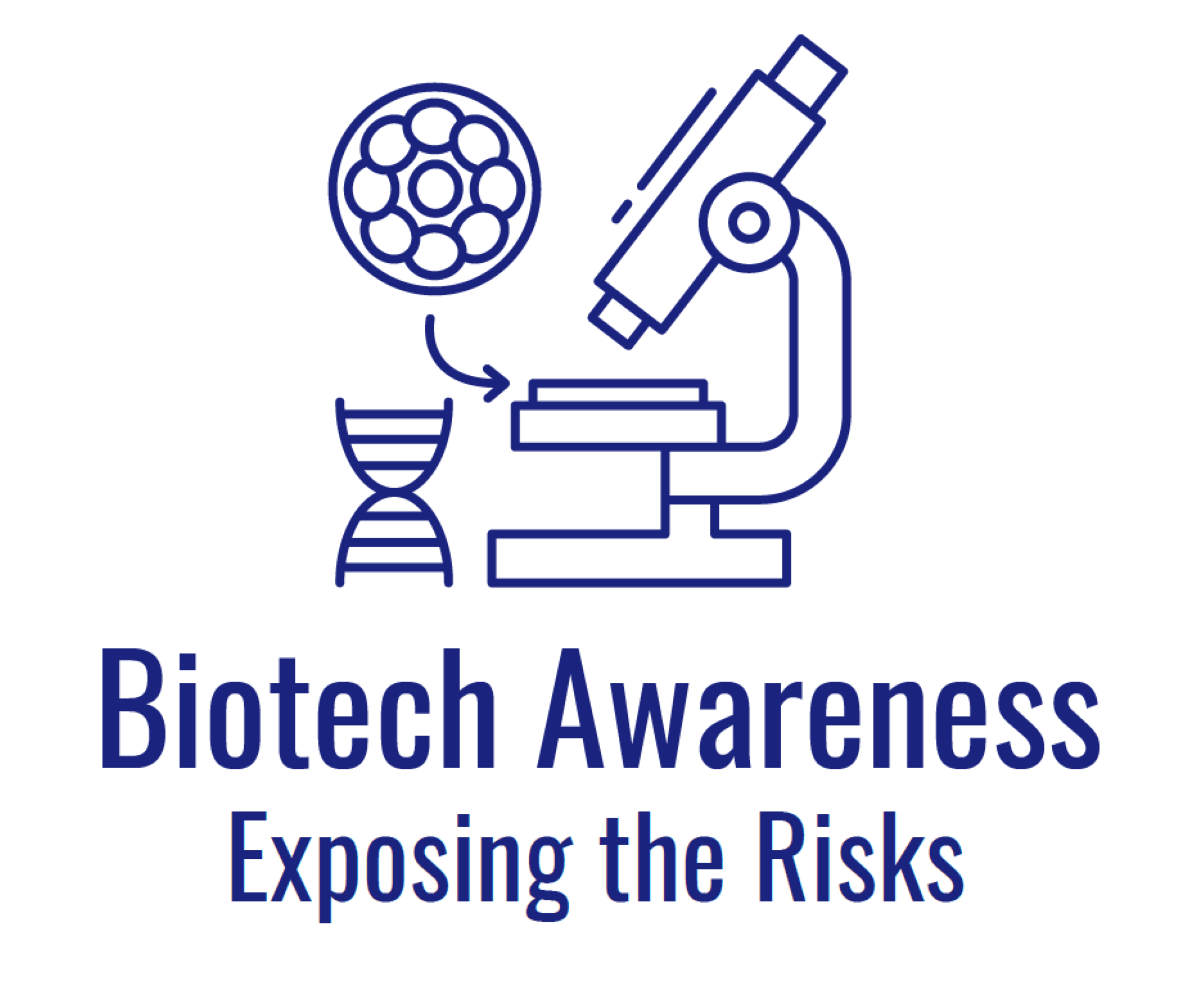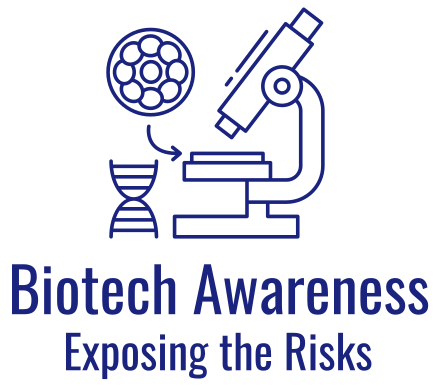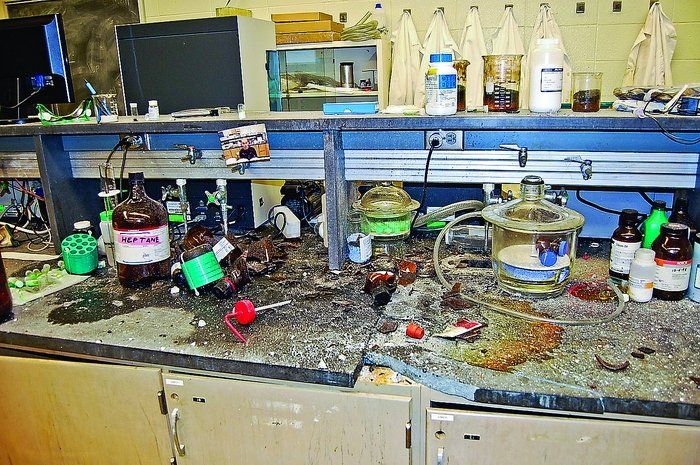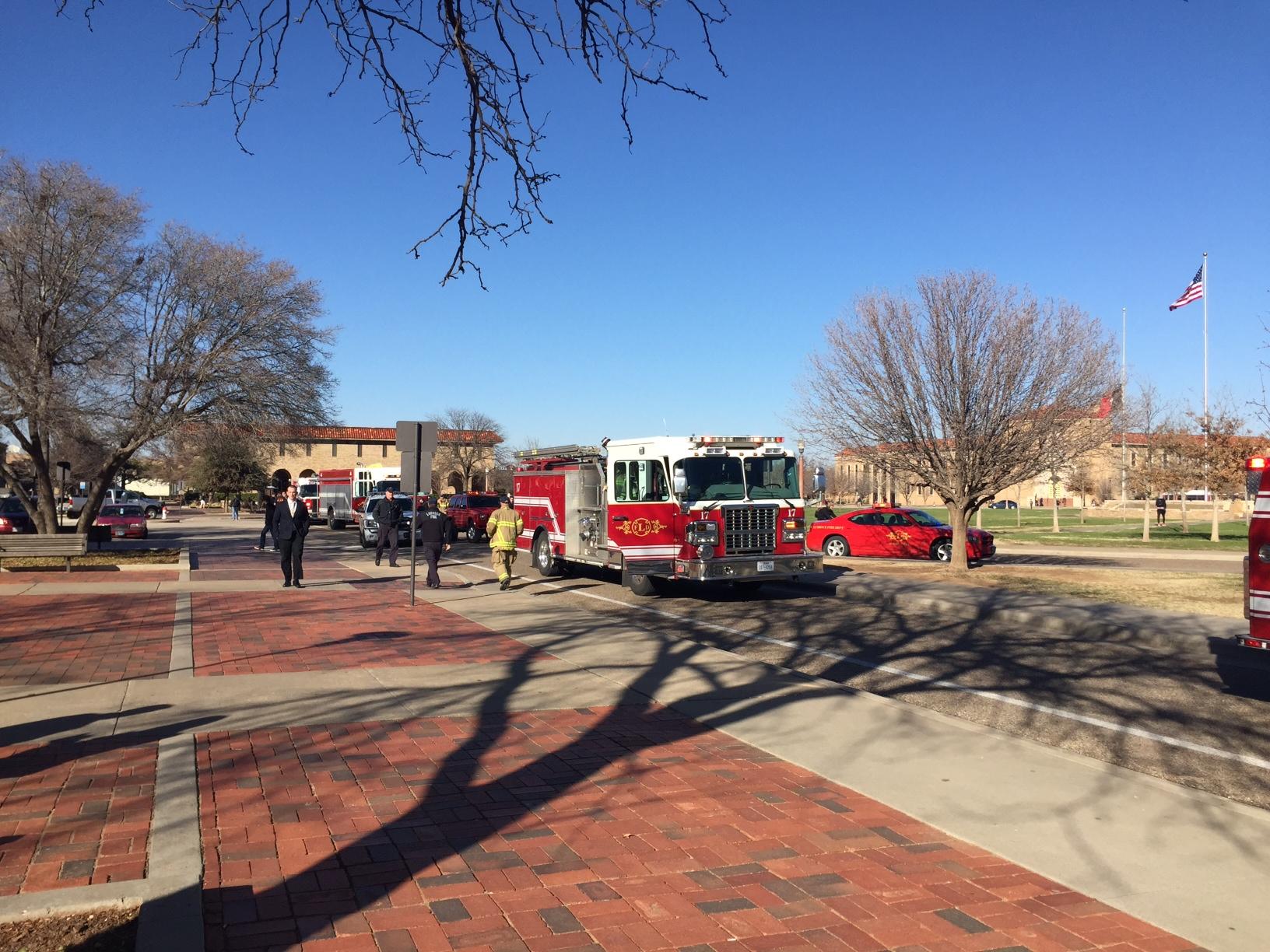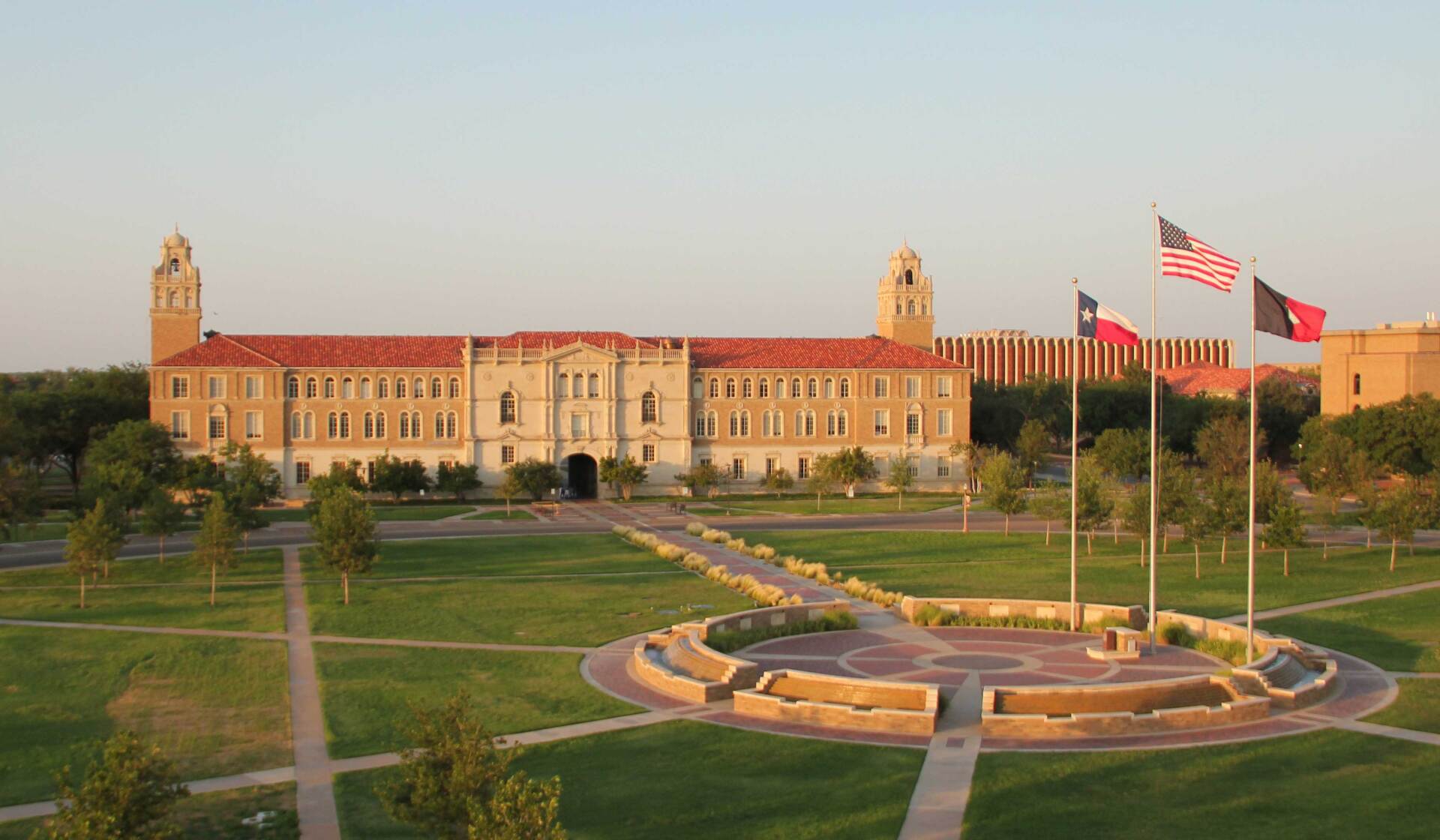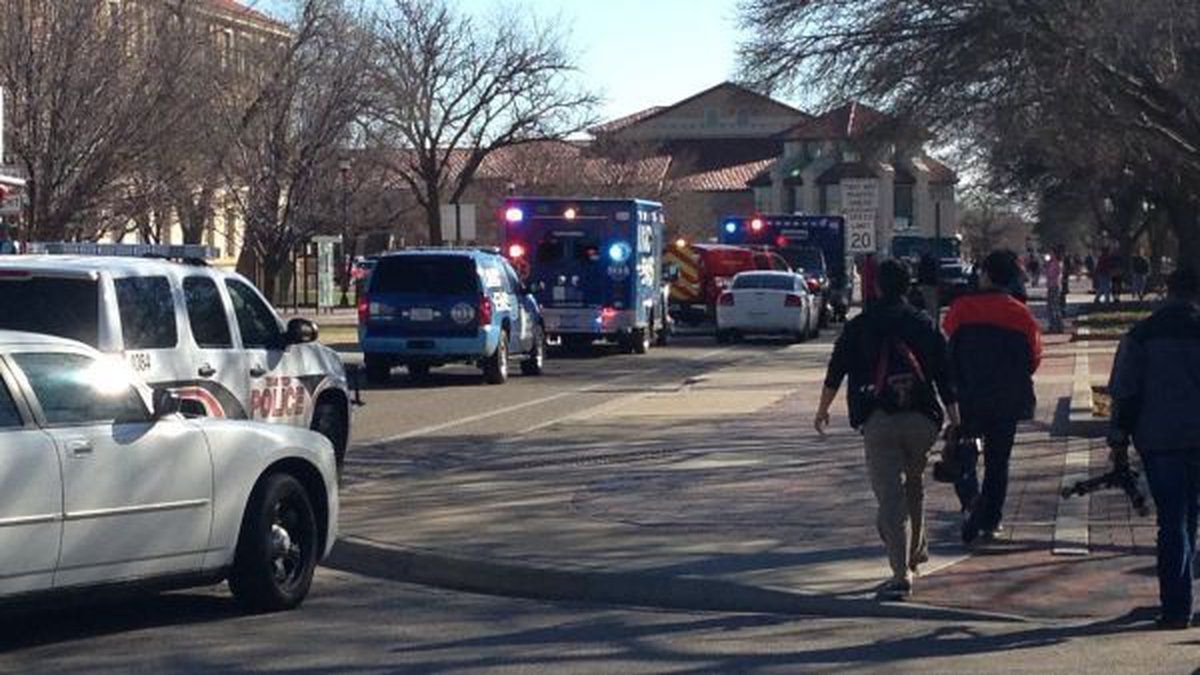Preston Brown
Preston Brown and a first-year graduate student he was training synthesized a 10-g batch of nickel hydrazine perchlorate. Brown took half of the batch, noted it was lumpy, and put it in a mortar.
Believing that the compound would not ignite or explode when “wet,” he added hexane and then used a pestle to try to break up the chunks. The compound detonated in Brown’s hands; Brown was not wearing eye protection.
The January 7, 2010, accident occurred when fifth-year graduate student Preston Brown, under a DHS-funded contract, synthesized an explosive compound as part of a search for methods to detect energetic materials that could pose a security threat.
Preston had been working on the project for about a year but received no formal training for working with such compounds, and he was helping train a first-year graduate student. The students were tasked with synthesizing and performing tests on a new compound, a derivative of nickel hydrazine perchlorate (NHP).
Preston suffered serious injuries. His left hand was severely damaged by the force of the explosion, causing the loss of three fingers, perforation of his eye, and cuts and burns to other parts of his body.
The federal Chemical Safety & Hazard Investigation Board (CSB) identified a long list of parties responsible for the accident at Texas Tech. They include the graduate student, the faculty members and administrators who allowed safety gaps that led to the accident, and the Department of Homeland Security (DHS), which funded the energetic materials research project that detonated.
The report makes a host of suggestions to improve academic lab safety. Additionally, CSB has advice for the American Chemical Society, which publishes C&EN. The 163,000-member organization of chemical professionals should develop “good practice guidance that identifies and describes methodologies to assess and control hazards” that occur in academic research labs.
CSB notes there is no such guidance now that is specific to the “unique cultural and dynamic nature of an academic laboratory.”
Mulcahy points to a string of safety gaps that led to the accident. For example, the laboratory had no written protocols or procedures for synthesizing energetic materials. And there were no written policies regarding safety precautions—including how much material the students could make.
Preston made mistakes, but CSB investigator Mary Beth Mulcahy bristles at claims that he was at fault. “All of this would have still happened with or without him, and unless something is done, this kind of accident will happen again,” Mulcahy says.
Texas Tech as an institution further lacked a safety management oversight and accountability system, the report says.
The university also had no formal mechanism to document, track, or communicate lessons learned from similar incidents. In fact, two near-misses had occurred within the same research group. One involved an erroneous scale-up of a synthesis to 30 g and was witnessed by Brown but not documented by the university.
Addditional explosions have occurred at Texas Tech -- including incidents on October 14 2011, October 27, 2011, and February 2, 2015.
SPREAD THE WORD. RAISE AWARENESS ABOUT RISKS IN THE BIOTECH INDUSTRY.
FAIR USE NOTICE: This site may contain copyrighted material the use of which has not always been specifically authorized by the copyright owner. We are making such material available in our efforts to advance the understanding of environmental, political, human rights, economic, democracy, scientific and social justice issues. We believe this constitutes a 'fair use' of any such copyrighted material as provided for in section 107 of the US Copyright Law. In accordance with Title 17 U.S.C. Section 107, the material on this site is distributed without profit to those who have expressed a prior interest in receiving the included information for research and educational purposes.
